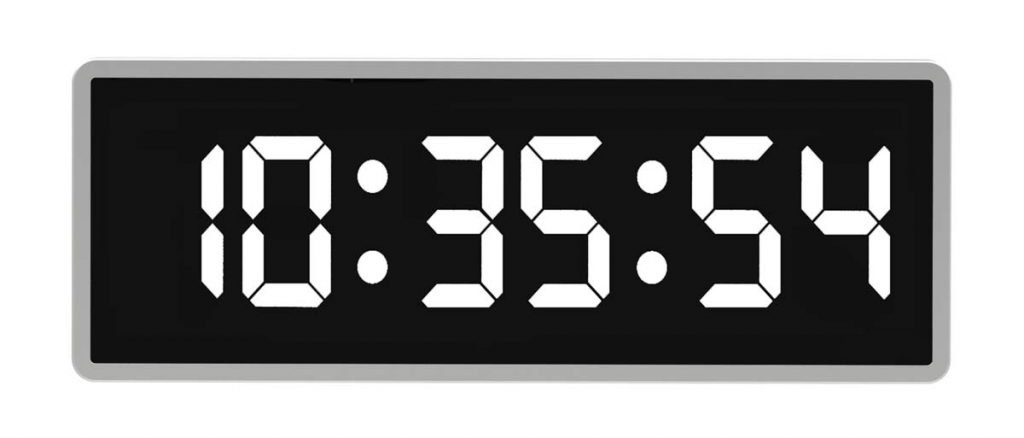Create a widget that renders the current time in HH:MM:SS format using a 7-segment digital display. You are free to choose to use 12-hour or a 24-hour display.
Here's an example of a digital clock. Each digit needs to be rendered by individual segments, but you can exercise your creativity by choosing different colors and styling it differently. It should however still function as a clock, allowing the user to read the time.

Asked at these companies
Premium featurePurchase premium to see companies which ask this question.
View plans
Premium solution
Purchase premium to unlock official solutions and all the best materials we have to offer.All premium questions
High quality solutions
Time-savers like focus areas
Front end system design guides
You must be signed in to view your saved versions
For now, files cannot be created or renamed. It's acceptable to write multiple components within a single file during interviews.
Loading editor
Loading editor
Loading editor
JavaScript Console
console.log() statements will appear here.